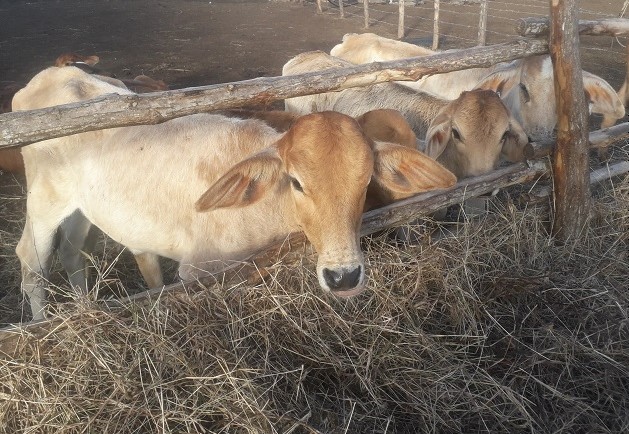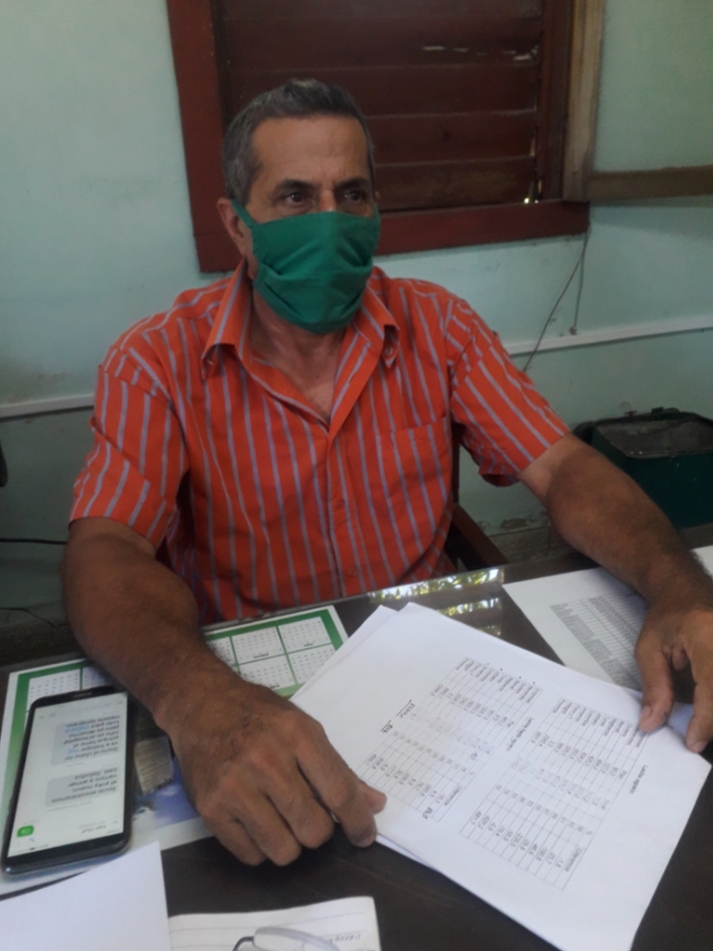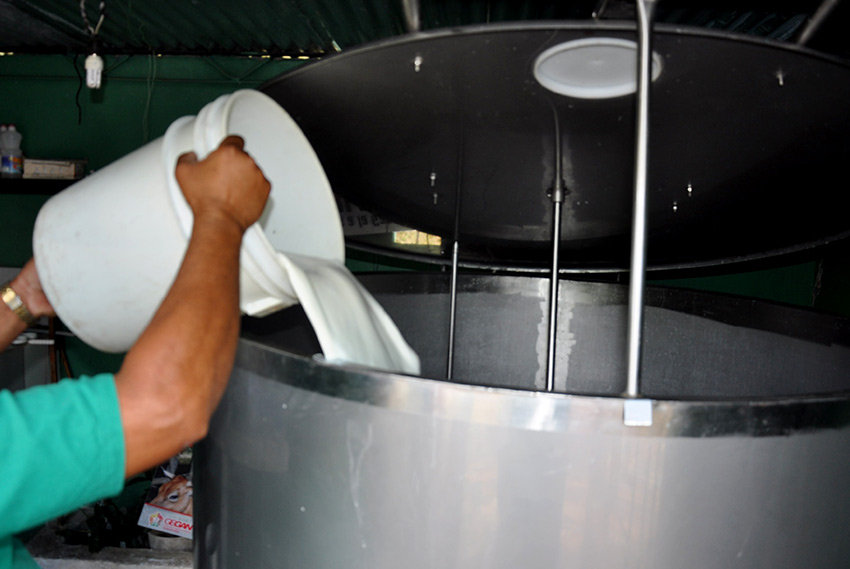
The lack of efficiency in the contracting processes still affects the insufficient collection of milk for the industry.
Las Tunas, Cuba - Due to this and other causes, more than four million liters of milk were not produced during 2020, which means that only 82 percent of the 26.3 million liters planned for the season were collected.
 According to Jorge Luis Hechavarría Lozada, subdelegate of Livestock in the Provincial Delegation of Agriculture, the deficit in the food base of the animals, the unfavorable situation in the stable supply of water, and the lack of tact at the time of crossing breeds in cattle breeding influence the decrease in milk production.
According to Jorge Luis Hechavarría Lozada, subdelegate of Livestock in the Provincial Delegation of Agriculture, the deficit in the food base of the animals, the unfavorable situation in the stable supply of water, and the lack of tact at the time of crossing breeds in cattle breeding influence the decrease in milk production.
The sector's priorities should include an objective program that allows each production base to provide more milk and meat. “Now the dry period is approaching, when the delivery of the liquid drops sharply due to the insufficient protein diet, so it is vital to prepare for it and that each unit has the food supply to prevent this from happening, said the sub-delegate”.
In four municipalities such as Jobabo, Las Tunas, Manatí and Amancio, the most complex situation of the productive panorama is found. In these territories, there is a lack of control and follow-up of the productive bases to the daily deliveries, a situation that they are called to revert since they are currently developing the contracting, conciliating mechanisms to analyze the difficulties that may hinder these purposes and searching within the strengths how to contribute more in these lines and reach the 24.2 million planned in 2021.
Regarding beef production, Hechavarría Lozada reported that this item was also not met during the previous year.
Only 97 percent of what was planned was achieved and several of the producers who were selling direct were withdrawn from this condition for not complying with the agreements.
 The focus now is on monetary order, since there was a notable increase in the prices of meat and milk, for example, a prime bull, which used to cost about five thousand pesos, now with this new modality can be worth 13,000 to 14, depending on its weight.
The focus now is on monetary order, since there was a notable increase in the prices of meat and milk, for example, a prime bull, which used to cost about five thousand pesos, now with this new modality can be worth 13,000 to 14, depending on its weight.
“The same occurs with milk, which is in optimum condition is now paid at 7.50 pesos per liter, the second grade at 7.00 and 6.80 for milk that meets the quality parameters in lesser quantities. As all categories have a monetary increase, farmers earn more and thus increase production”, he said.
The members of the productive bases are also immersed in the construction of livestock modules, and this year they want to achieve 289. Now, there are 181 ready and we hope to conclude the remaining ones in December and complete their infrastructure with animals and animal feed crops, said the director.
Achieving livestock development in this territory based on control, demand and local opportunities is a great challenge, as well as putting into practice the science and knowledge in favor of food production that give proven results. We must pave the way with solutions and initiatives so that, once and for all, results are increased and not a single liter of milk is left uncollected.






